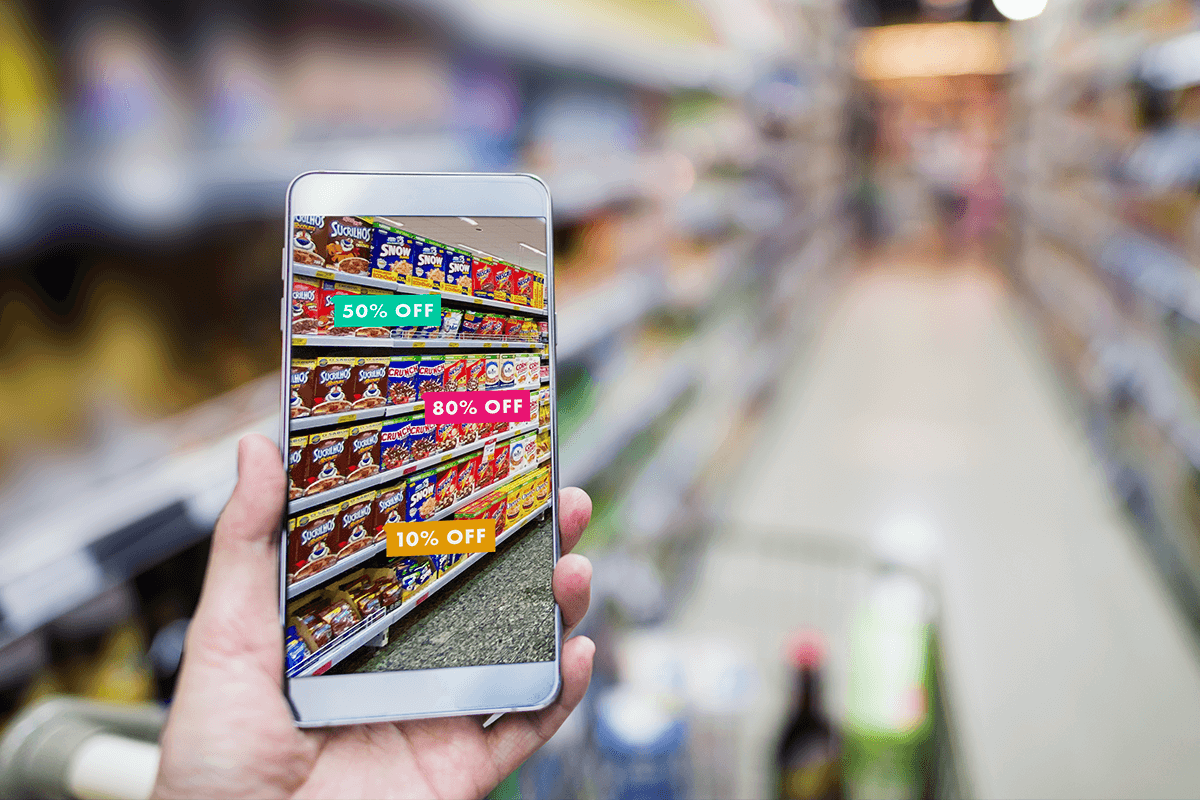In today’s rapidly evolving retail landscape, augmented reality (AR) is revolutionizing how consumers shop. This cutting-edge technology blends the physical and virtual worlds, allowing users to engage with digital content in real-world settings. Whether it’s virtually trying on clothes or navigating a store with the help of AR, the future of retail is here.
What Is Augmented Reality in Retail?
Augmented reality overlays digital elements onto the physical world, providing users with interactive experiences. In retail, this means using AR to enhance both in-store and online shopping. Customers can explore digital product features, try on virtual versions of items, or visualize how products would look in their own environment, bridging the gap between traditional and digital shopping.
Why Is AR Important for Retail?
With consumers rapidly adapting to new technologies, businesses must keep up to remain competitive. AR in retail offers a unique opportunity for brands to enhance customer engagement and streamline the purchasing process. Retailers that embrace AR are seen as innovative and customer-focused, leading to increased conversions and brand loyalty.
Key Benefits of AR in Retail
- Enhanced Customer Experience
AR significantly improves the shopping experience by offering more information and allowing customers to interact with products in new ways. For example, customers can access product details, specifications, and reviews in real-time, leading to more informed purchasing decisions. Virtual product variations, like color or size, can also be explored through AR, making it easier to customize purchases. - Increased Customer Engagement
AR’s interactive nature naturally boosts customer engagement. Studies show that 61% of shoppers prefer retailers with AR experiences, and 71% would shop more often if AR was available. This higher engagement often translates into higher sales. - Reduced Return Rates
One of the biggest challenges retailers face is high return rates. AR helps address this by allowing customers to virtually try products before purchasing, ensuring they’re more satisfied with their choices. By making better-informed decisions, customers are less likely to return items. - Brand Differentiation
AR can set a retailer apart from competitors, showcasing a commitment to innovation. Brands that integrate AR into their retail strategies build positive customer associations and stand out in a crowded market.
Applications and Examples of AR in Retail
- Augmented Reality Viewers
Retailers use AR viewers to allow customers to visualize products in their own space. For example, shoppers can use AR to see how a piece of furniture would look in their living room before making a purchase, reducing the “imagination gap” and boosting confidence. - Virtual Try-Ons
Virtual try-ons are a popular AR feature, allowing customers to see how clothes, accessories, or cosmetics would look on them without physically trying them on. L’Oréal, for example, uses AR to provide virtual makeup try-ons and skin shade assessments, transforming the beauty shopping experience. - Virtual Navigation
AR can also enhance in-store experiences. British retailer Marks & Spencer (M&S) introduced a wayfinding app that guides customers around the store based on their shopping list, making the shopping process more efficient.
The Future of AR in Retail
As augmented reality continues to evolve, we can expect even more sophisticated applications in retail. From personalized shopping journeys to fully immersive virtual stores, AR is not just a trend but a fundamental shift in how we shop.
The combination of enhanced customer experiences, improved engagement, and reduced return rates makes AR a powerful tool for retailers. Those who embrace this technology will not only attract tech-savvy customers but will also stay ahead in an increasingly competitive market. Can your brand afford to be left behind?
